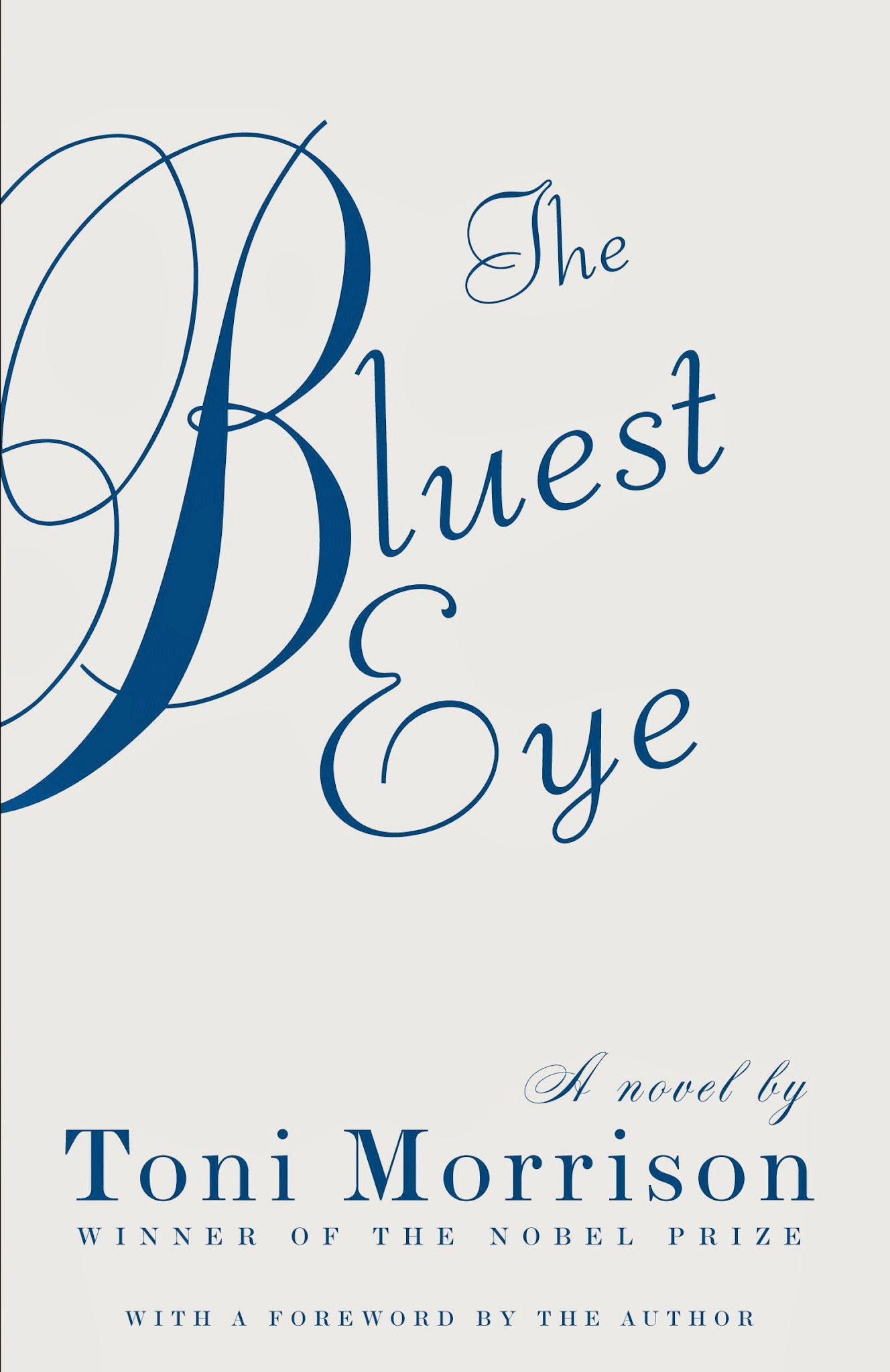Pecola Breedlove is a tragic character who lives a tortured life both at the hands of family as well as her peers. She covets blue eyes, fair skin and blonde hair, figuring that having such traits would make her beautiful. Pecola was, and remains, a highly relatable character thanks in large part to media perpetuation of unrealistic beauty standards.
Yet, The Bluest Eye is so much more than a story of one girl’s desire to look different. There is a devastating underlying reason that sparks such a desire, one that exposed the damage an infectious disease such as racism has on American culture, particularly black American culture. It haunts the reader’s mind long after the final passage is read.
The Bluest Eye, set in Ohio after the Great Depression, is certainly not an easy read due to the novel’s strong subject matter and graphic elements. In it, Toni Morrison unflinchingly tackles the issues of racism and the resulting poor self-esteem among black girls and the damaging repercussions it has especially when paired with the devastating occurrence of mental and sexual abuse. The story is primarily narrated by Claudia MacTeer, with whose family Pecola temporarily resides.
There is an interesting dichotomy between Pecola and Claudia from the very beginning. Claudia loathes the “beauty” Pecola covets. This stems from an unfavorable experience with a doll that Claudia grows to hate and soon she superimposes this hate on the very people the doll was modelled from, and for; White girls. This hatred is her coping mechanism for the fact that society considers features, like that which the doll was modelled after, more beautiful than that of girls like Claudia and, of course, Pecola.
The brilliant juxtaposition of each section of the story with excerpts from the children’s book Dick and Jane clashes with the harsh reality of impoverished black America. Each time the excerpt is repeated, it appears increasingly run on, without space, without order; mirroring the mounting chaos the Claudia witnesses and Pecola endures.
The recurring theme of tarnished innocence at the hands of adults who have betrayed children’s trust makes The Bluest Eye one of the most heartbreaking novels I’ve ever read. There are so many damaged girls like Pecola in reality. And like Pecola, some just don’t have the fight in them (perhaps due to being programmed to think that their appearance makes them inferior and less of a human), and so they crumble. In the end, Pecola struggles to use a juvenile perception of love to rationalize the ultimate injustice she’s suffered. I admit, that last part took a while for me to digest since it’s as disturbing as it is tragic.
I first read this novel in high school and it continues to resonate with me even now. Shamefully, so many years after The Bluest Eye was published, the ridiculous correlation between one’s appearance and degree of beauty continues to this day. For that reason, and for many others—including the disenfranchisement of certain societal groups and the subsequent fallout—this novel remains a relevant classic.
Have you read The Bluest Eye? If so, leave a comment with your thoughts. I’d love to read your opinion.
Please check back tomorrow for my next banned/challenged book selection. In case you missed my last one, click here to read my impression of Nineteen Eighty-Four by George Orwell.

